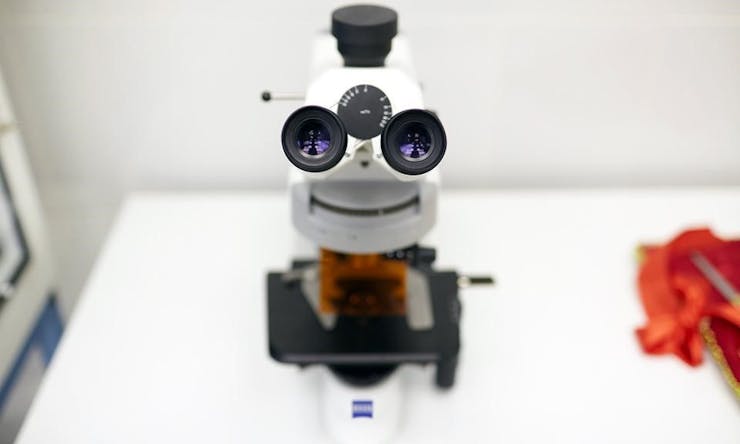Ever since little Charlotte Figi was administered CBD drops to treat her debilitating form of epilepsy known as Dravet Syndrome and her monthly seizure count reduced from 1,200 to three, there’s been a huge spike in interest over how high CBD cannabis strains can help epilepsy patients. Now a clinical trial is officially underway to study the genes of Dravet Syndrome sufferers who are being treated with the Charlotte’s Web cannabis strain that was inspired by Ms. Figi.
The trial is being conducted by researchers at the University of Colorado Anschutz Medical Campus, with the goal of determining whether certain genetic components can account for why some epilepsy patients find relief with Charlotte’s Web over other epilepsy sufferers. Right now the purported benefits of high-CBD strains like Charlotte’s Web in treating seizures and epilepsy are mostly anecdotal due to the lack of cannabis research because of its federally illegal status. This trial, therefore, is especially exciting because it can hopefully lead to some concrete answers as to why high-CBD strains are beneficial in providing some relief to epilepsy patients. It can pave the way for additional research around cannabis and epilepsy.
According to Time, the trial will involve patients who are currently using Charlotte’s Web. This group will be split into two, with one representing patients who have had their seizures reduced by at least 50% and the other group comprised of patients who have seen less promising or no effects. Their genes will be analyzed to determine whether there are distinct components that can account for why Group A has seen better results from high-CBD cannabis than Group B.
Researchers will recruit qualified patients for their study within the next month, and the trial will be conducted until February 2016. This is the first of what I expect to be many cannabis studies to come in the United States as our country continues to slowly embrace cannabis and is potential benefits. We have exciting times ahead of us!
photo credit (resized): ZEISS Microscopy via photopincc




